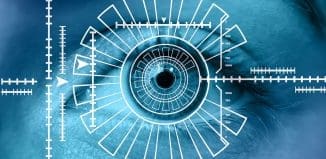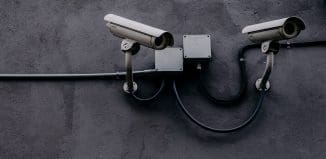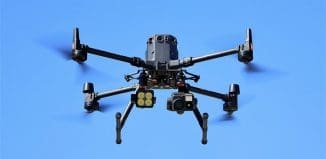Different terms – same operational challenge – intelligence grip on a sector: the professional iHLS Terrain Dominance Conference and Exhibition
This post is also available in:  עברית (Hebrew)
עברית (Hebrew)

“Terrain Dominance” or “terrain intelligence” or “field presence” are various terms for the same concept: how any military force could have knowledge of the goings on in any particular sector it is tasked with defending, or alternatively, securing in order to prevent attacks from being launched.
The first event of this kind, held by i-HLS took place earlier today at the College of Management in Rishon LeZion, revealed that despite the differences between the definitions of this concept, all the experts are basically talking about the same thing.
Top experts from Israel and worldwide took part in the unique iHLS Terrain Dominance Conference and Exhibition and did two things in particular: explained how they saw this challenge and how to rise to it.
Brigadier General (res) Shuki Shichrur, Senior Director, Operational Definition at Elbit Systems, in charge of terrain dominance at Elbit, said that although ten officers would offer different definitions of this issue, Elbit’s solutions refer to the broadest sense of this issue. According to Shahrur, this is best summed up “dominating a particular space with minimal friction with the enemy”. This naturally necessitates using advanced aerial and ground sensors. “Above all, there must be a command and control system linking all the data feeds from the sensor together into one actionable picture.”
Adi Dulberg, Terrain Dominance Devision, IAI Elta, said that since nowadays, most of the fighting is taking place in urban areas, terrain dominance carries even greater importance, Elta’s solutions are also airborne, naval and ground-compatible.
Zvi Yavin Director, Airborne ISR systems, RAFAEL, said the company’s Reccelite system -the Reccelite Day/Night electro-optical reconnaissance pod -was designed specifically for terrain dominance. This intelligence gathering system is airborne, thereby capable of providing coverage for major sectors at sea as well.
Register to iHLS Israel Homeland Security

Niv Davidai, Marketing Manager at Seraphim Optronics Ltd., spoke about the company’s optic surveillance system, which is partly autonomous and remote operated, thereby enabling rapid scans – so vital in urban areas, in order to prevent any harm to uninvolved civilians.
Itay Bar Yossef, CEO, DEFENSOT Ltd., said his company features unique software which enables optimal calibration of sensors for terrain dominance purposes. His lecture included a live demonstration on stage of the software, which takes into account all the factors impacting sensor type and placement.
Ronen Ofek Director Radar Systems RADA, said the company’s mobile radars provide “spherical” alert: they not only provide early warning against ground threats – but also aerial ones, posed for instance, by unmanned aircraft.
ESC BAZ Chairman and CEO Benny Zviran described his company’s approach: the company develops and manufactures advanced surveillance equipment for terrain dominance. According to Zviran, the large variety of the systems provides full optical coverage of the target sector.
A representative from a major US corporation who came to Israel especially for the iHLS conference, said “this is a highly professional conference, showcasing Israeli capabilities in this field. Israel’s operational experience comes into play in the systems on display. Israel is a world leader in a field whose significance eludes some people worldwide.”
LiveU CTO Baruch Altman reviewed the communications component involved in attaining terrain dominance. He compared his company’s solution with traditional methods and described the rapidly spreading method of civilian broadcasts from the field using multiple channels simultaneously.
Altman described the advantages this method offers for live video feeds and for establishing broadband for sensors and data – especially for broadcasting using available civilian cellular 3G and 4/LTE generation networks.
The conference continues, so stay tuned for following reports.





























